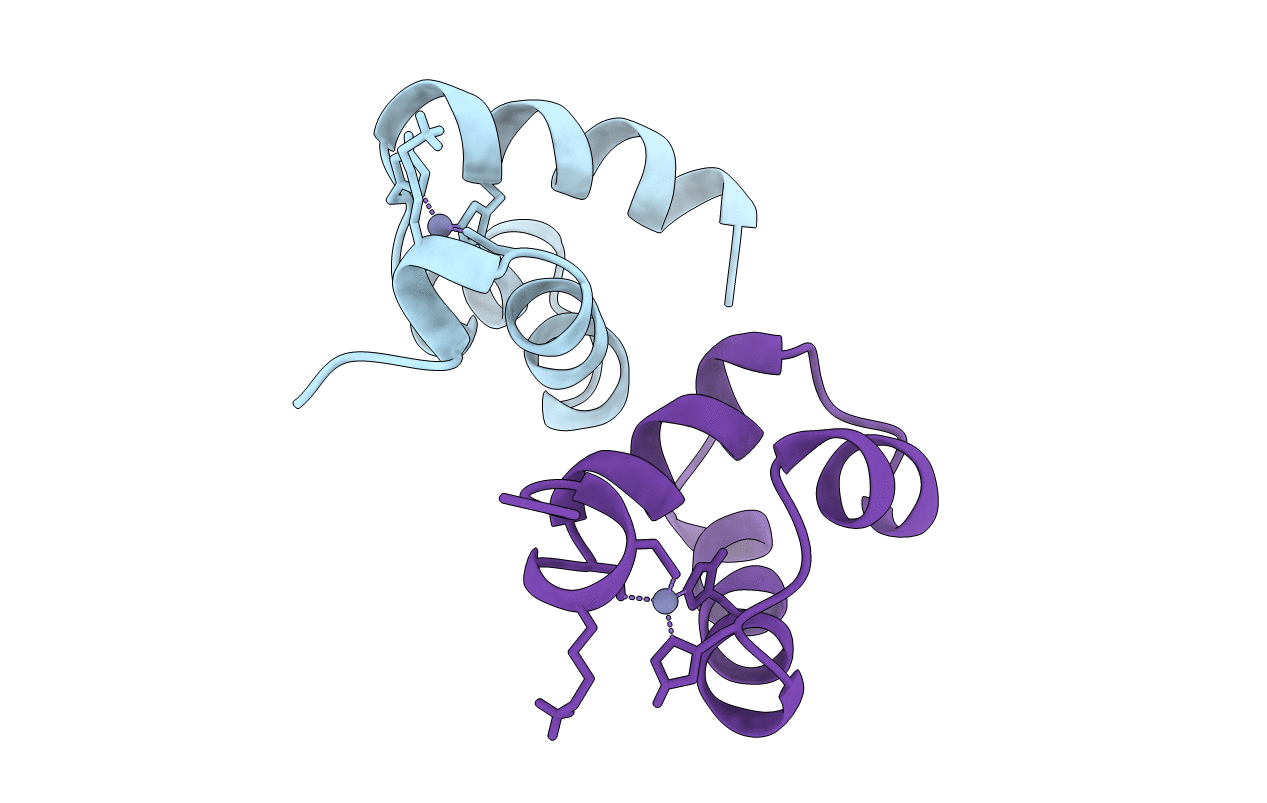
Deposition Date
1997-05-13
Release Date
1998-05-13
Last Version Date
2024-05-22
Entry Detail
PDB ID:
1WJC
Keywords:
Title:
SOLUTION STRUCTURE OF THE N-TERMINAL ZN BINDING DOMAIN OF HIV-1 INTEGRASE (E FORM), NMR, REGULARIZED MEAN STRUCTURE
Biological Source:
Source Organism:
Human immunodeficiency virus 1 (Taxon ID: 11676)
Host Organism:
Method Details:
Experimental Method:
Conformers Calculated:
40
Conformers Submitted:
1
Selection Criteria:
REGULARIZED MEAN STRUCTURE


